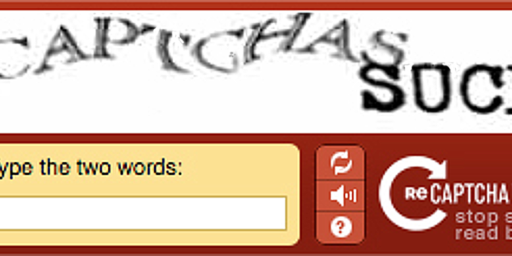Secret Intelligence
Don Sensing summarizes the nature of intelligence analysis this way:
Think of the process as putting together an enormous jigsaw puzzle with innumerable, small, irregular pieces. Better yet, putting together many different puzzles when all puzzles use some of the pieces of the other puzzles. Sometimes patterns seem clear, often not. You know you do not have all the pieces for any of the puzzles; in fact, you do not know how many pieces of any puzzle you do have, nor how many pieces any puzzle is supposed to have. Not only that, but you don’t know how many puzzles there are.
What that means is that very often when you examine a piece, the puzzle it belongs to will not be self-evident. Often it will. But remember, every day a man walks in with a big box full of pieces and dumps them.
Sounds about right. Plus, of course, some of the kids who have pieces of the puzzle won’t share with the other kids. Or even tell them that they have pieces.






…or put the puzzle pieces in their mouths and chew on them until they get soggy and ripped and won’t make a good fit with any of the other peices. And then claim that it isn’t actually a puzzle piece… but in fact, a cookie. Their cookie.
Sorry, got sidetracked.
The Reverend is right. It is easy in retrospect to say how easy a puzzle should have been–once it is laid out in front of you, and you know what the picture ends up looking like. It wasn’t that easy when the pieces weres were scattered about and mixed in with the other puzzles.
—